Unveiling the Creative Code of “Boundless ∞ Immersive Section”: How Do Artists Use Cutting-Edge Technology to Disrupt Traditional Narrative? (Part 1)
As digital technology dissolves the boundary between reality and the virtual, film no longer confines itself to the screen but becomes a sensory time-travel experience. The 15th Beijing International Film Festival's “Boundless ∞ Immersive Section” officially launched on April 18 and will continue until April 27. The screenings are held at 5 and 7 buildings (South and North Halls) of the Xinhua 1949 Cultural Finance and Innovation Industry Park, located at 4 Chegongzhuang Street, Xicheng District, Beijing. Audiences can purchase tickets on the Maoyan platform or directly at the venue, where they will experience works from the “Boundless Cinema” and “Immersive Space · Boundless Visuals” sections using a variety of technological forms, including VR, AR, MR, panoramic screens, three-fold screens, and interactive image installations.
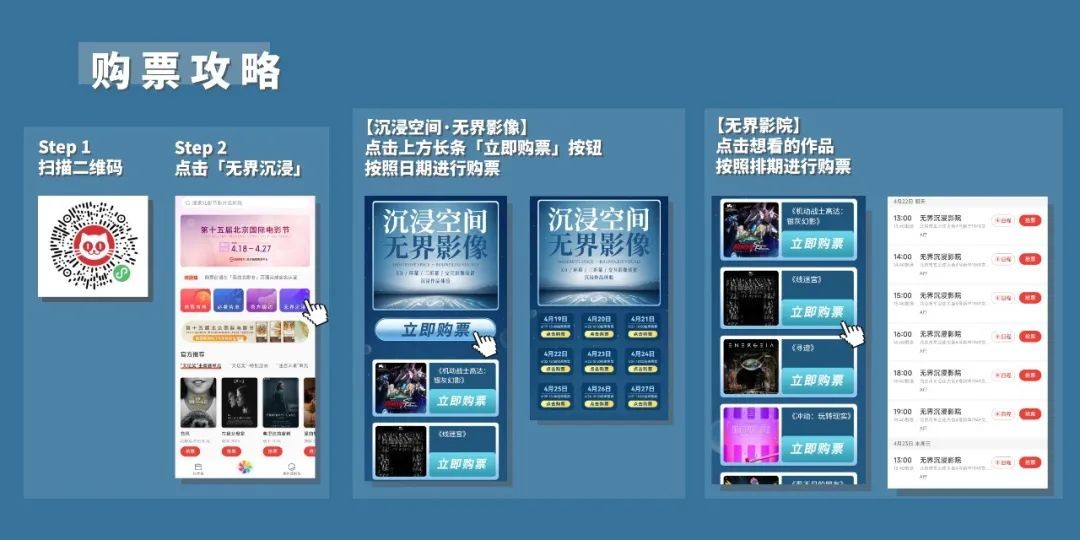
The presentation of the “Boundless ∞ Immersive Section” is inseparable from the artists' creation and refinement. In this symbiotic experiment between technology and art, the creators have deeply explored topics such as self-expression, spatial design, sensory interaction, and narrative innovation, which are reflected in all aspects of their works. Starting today, over the next three days, this section will showcase the artists' reflections on core issues: the origin of their creations, how their works construct future narratives through immersive expression, and how technology transforms aesthetic language. The answers may flow like light and shadow, but each work asks: as film narrative enters the virtual reality era, can we touch the contours of future images in this domain?
Question 1: Please briefly introduce your work and what prompted you to create this piece?
Question 2: Your work breaks the boundaries of traditional film narrative in terms of space, sensory experience, and interaction. How does immersive art construct future visual storytelling?
(In alphabetical order)

Answer 1: The Six is the eighth work in the “Solar Terms” animation series, created by Chen Lianhua in collaboration with the late animation director An Xu. The “Solar Terms” series was created from 2008 to 2022, consisting of nine animated shorts, each named after a Chinese ancient lunar solar term. The titles reflect the rhythms of the seasons, which metaphorically mirror the stages of human life. The series explores emotional fragments hidden within historical remnants, a theme established from the beginning of the project.
Answer 2: The Six can be considered a “looping” animation. Animators are probably familiar with the fact that looped animation is often seen as a shortcut; repeating a segment can save effort. However, if you take a closer look at looped animation, it has its own distinct characteristics. For one, the loop is a fascinating concept in terms of time - repeating cyclically, much like the concept of “reincarnation.” Another aspect is the viewing experience, which breaks the conventional notion of a single playback, inviting viewers to watch repeatedly. Each viewing offers something different, with progression, analogy, and discovery, much like gazing at a painting, which allows for the joy of new discoveries.
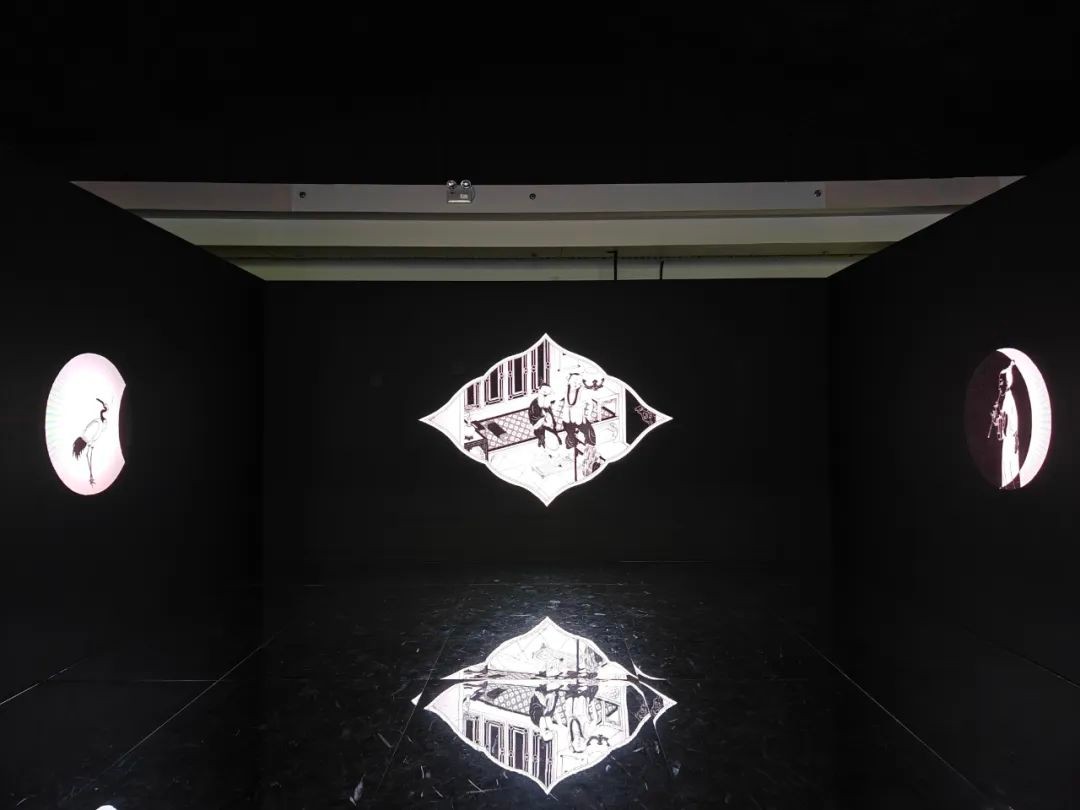
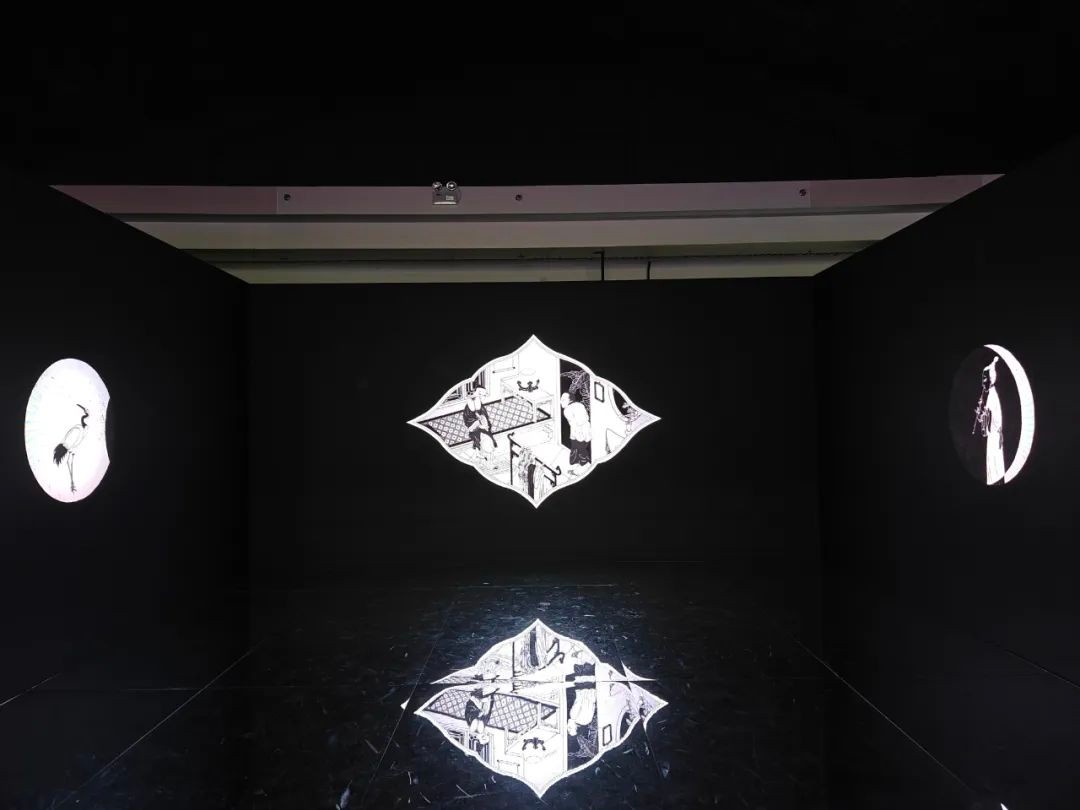
Screening of The Six

Answer 1: Theatre of Emotions • Landscapes of the Mind originates from our exploration of the potential fusion of art, technology, and psychological healing. As an interdisciplinary collaboration, we aim to use AI and emotional computation technologies to make art a medium for emotional healing, allowing the audience to perceive, transform, and accept their emotions through an immersive experience. The creative opportunity for this project came from a commission by the National Centre for the Performing Arts. We drew visual inspiration from the essence of Chinese ink landscape painting and integrated natural healing soundscapes from the Institute of Psychology, Chinese Academy of Sciences, to create a unique, personalized interactive experience. Each viewer's emotions will shape the sights and sounds they encounter in real-time, making every experience one-of-a-kind and creating a space where art and psychological healing resonate together.
Answer 2: I believe that immersive art fosters innovation in three dimensions for constructing future visual storytelling: “spatial breakthrough”, “sensory expansion”, and “interactive innovation”.
In terms of “spatial breakthrough”, it shifts from linear narrative to multi-dimensional experience. Traditional films rely on the two-dimensional plane of the screen, with the audience passively receiving the director's predetermined perspective and plot. However, immersive art like Theatre of Emotions • Landscapes of the Mind employs immersive image installations, placing the viewer in a panoramic, multi-layered digital environment. The images are no longer confined to a single viewpoint but spread in a surrounding manner, where the viewer's body and the space they occupy become part of the narrative. This spatial construction transforms the image from being something to “watch” into something to “experience”, with the audience moving freely within it and interacting with the images.
In terms of “sensory expansion”, it introduces a multi-modal immersive experience innovation for user engagement. For example, Theatre of Emotions • Landscapes of the Mind combines visual presentations in the ink-wash style with nature-healing sounds backed by psychological research to create an emotionally resonant sensory experience. This is not simply visual viewing but a resonance of vision, sound, touch, and even emotion. The integration of AI and emotional computation technology allows the work to dynamically adjust the images and sounds based on the emotional feedback from the audience, creating a highly personalized sensory experience. This approach turns the image into a “perceptual channel” that leads the audience into a realm of psychological healing, rather than merely being a passive recipient of information.
In terms of “interactive innovation”, it allows for the delegation of artistic creation power, making the audience co-creators of the art. In traditional films, the audience is a static observer, but in immersive art, the emotional state of the audience becomes a crucial variable in the narrative. With the help of AI and emotional computation, the work can detect the emotions of the audience in real-time and generate personalized images and sounds, making every viewer's experience unique. This dynamic interactivity transforms the image from a fixed narrative into one that changes with the audience's state, forming a co-creative relationship. The audience is not just “watching”, but also “shaping” their own narrative. This method of image generation based on real-time data feedback represents a potential future for visual storytelling, where personalized narratives resonate with the audience's emotions. Therefore, I believe that future visual storytelling will increasingly move toward being non-linear, contextual, and personalized, transcending the linear framework of traditional cinema and entering a multi-dimensional, emotionally driven new era.
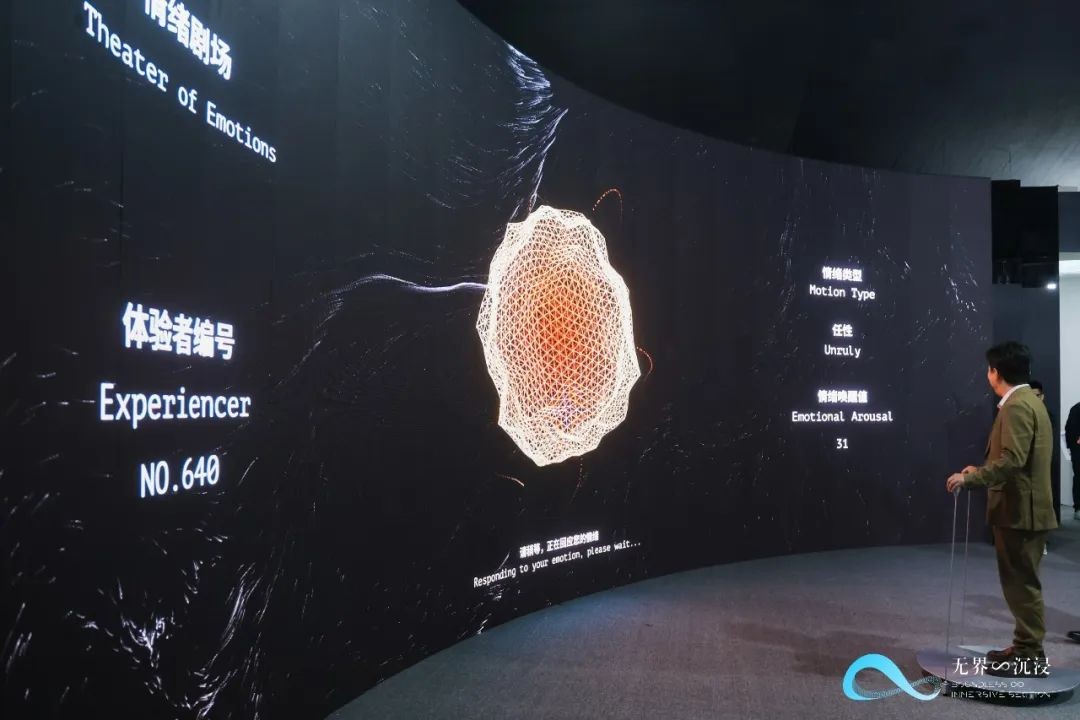
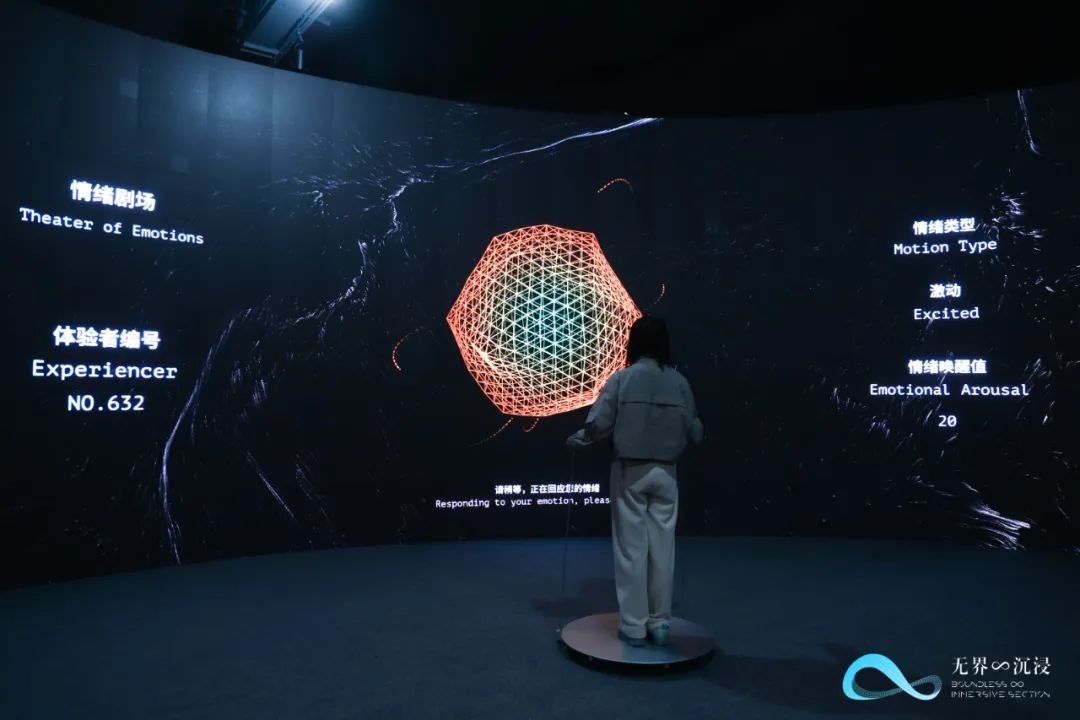
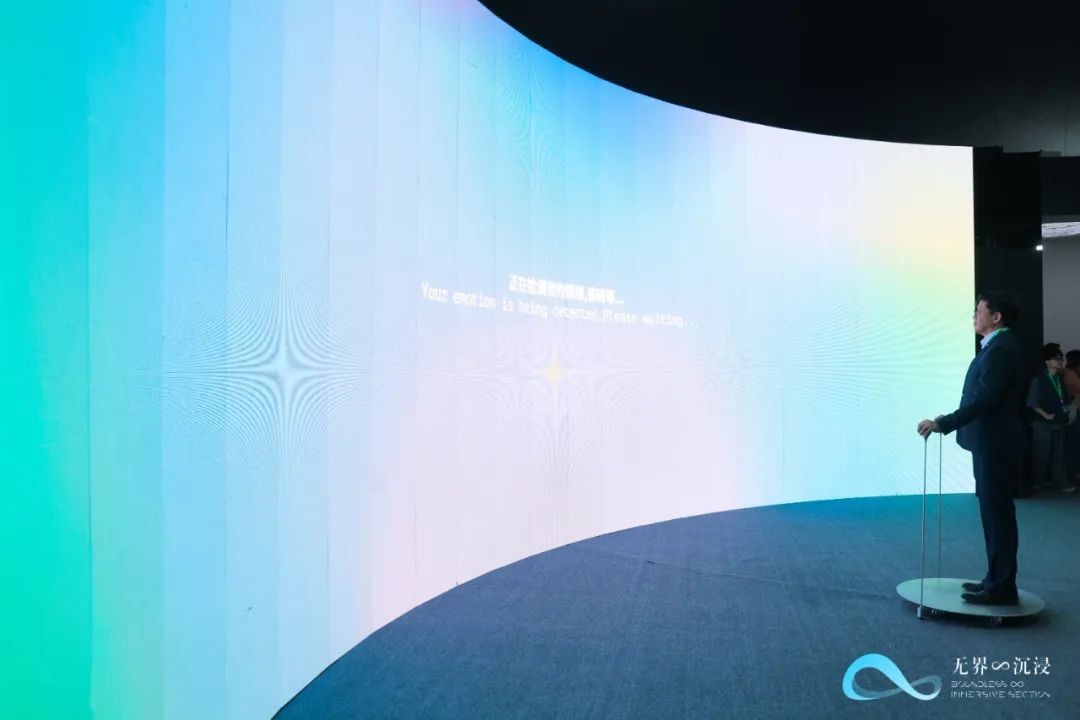
Screening of Theatre of Emotions • Landscapes of the Mind

Answer 1: When Elon Musk's SpaceX Starship failed its seventh test flight and disintegrated into a meteor, the video spread widely across social media. What intrigued us were the reactions of the netizens; the failure of modern technological experiments seemed to have become a kind of romantic symbol. Elon Musk himself even tweeted humorously: “Success is uncertain, but entertainment is guaranteed!” The phenomenon of a falling star has historically carried various interpretations of good or ill fortune. Yet, this method of weaving meaning seems to have been fully undermined by today's pervasive entertainment culture. This sparked an interesting idea: What would the Sun God, struck by Hou Yi, be thinking during its fall? Or perhaps, as it plummets towards the earth, it encounters the falls of past and present, triggering a series of reflections. There is much narrative space for imagination. The current video is merely an introduction to our concept, and we will further connect this with other aspects of our research in the future.
Answer 2: Strictly speaking, the cinema is also an immersive space, but the audience's subjectivity is not clearly defined, and their bodies are nearly “erased”. Today's immersive art tends to increasingly incorporate the viewer's bodily schema into consideration. Perhaps, in the near future, with the development of hardware and software, one person will become their own theater, and this theater will no longer be closed; it will be shareable, open, and this is something that excites and excites us as creators.
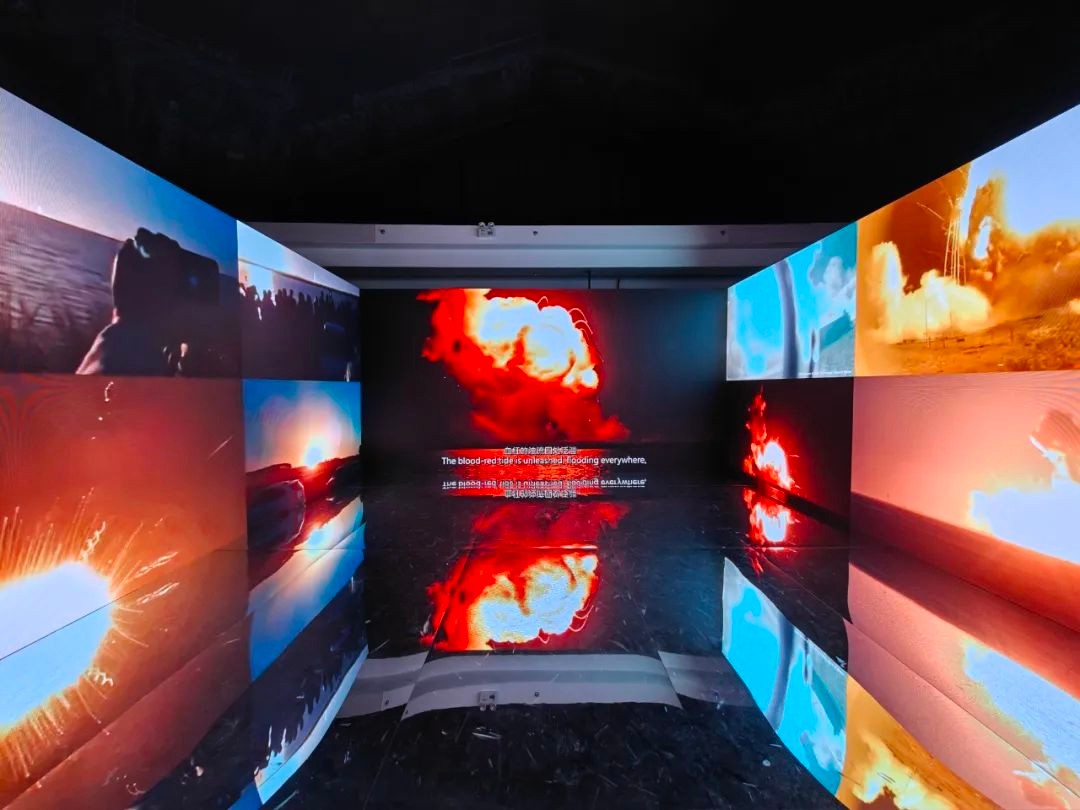
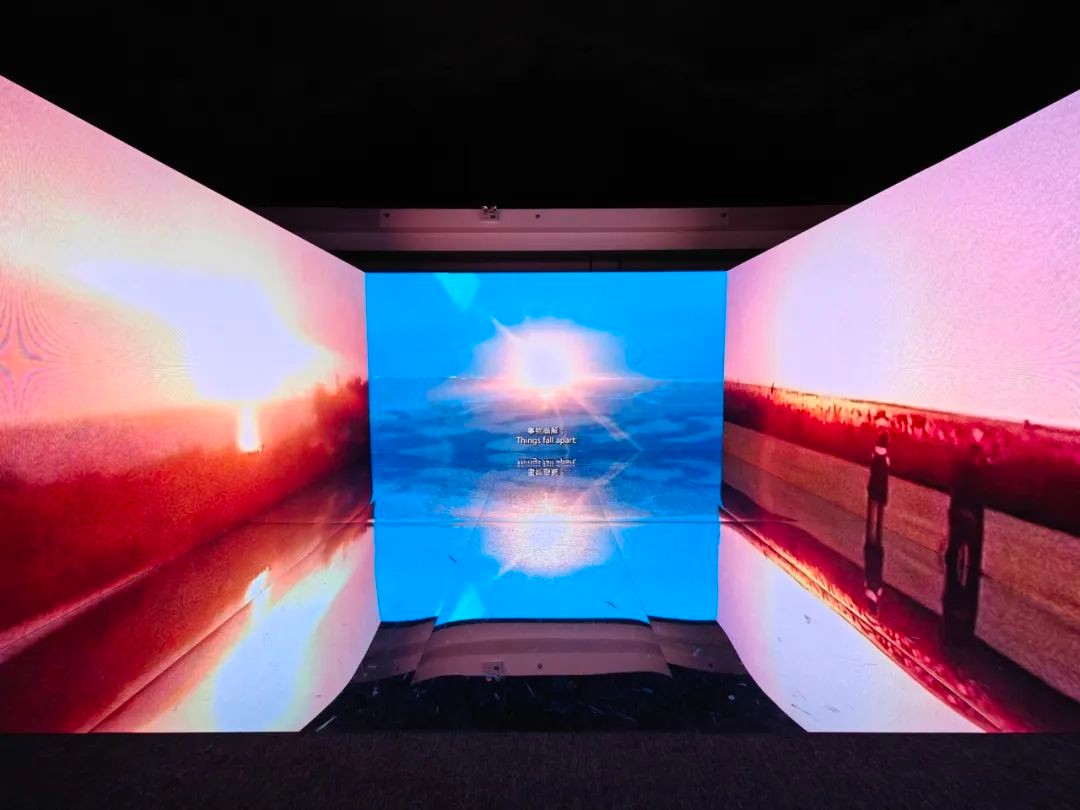
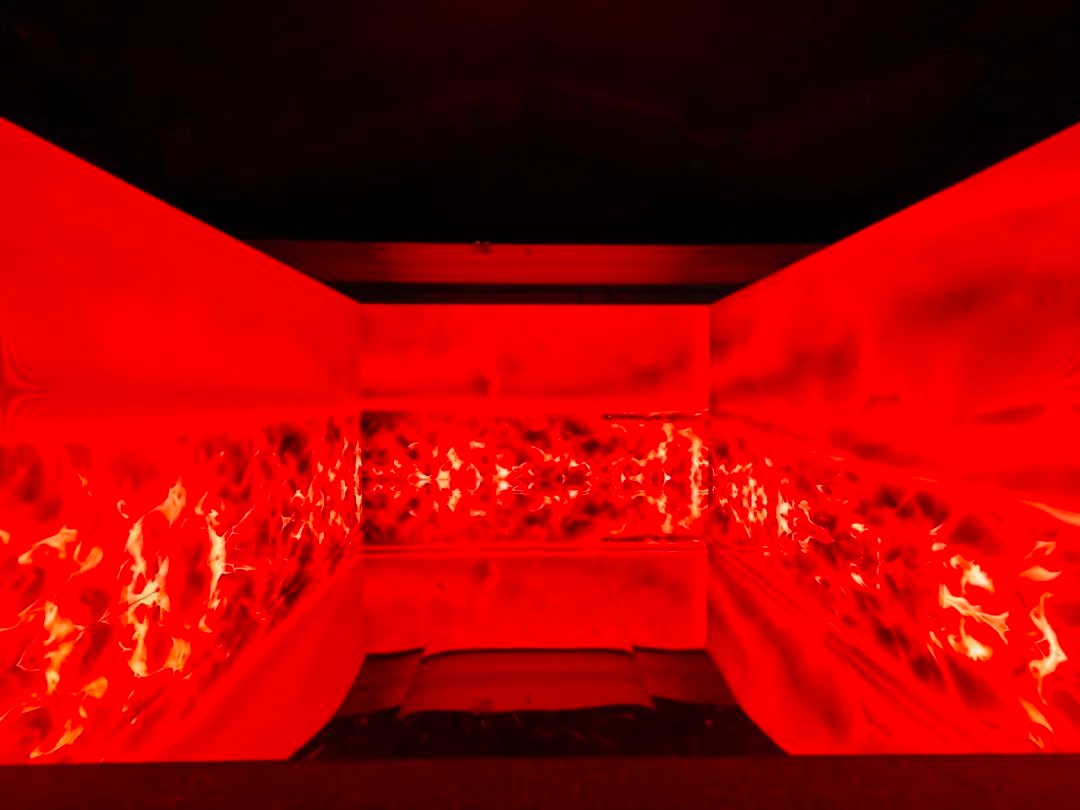
Screening of The Second Coming

Answer 1: Missing One Player is a somewhat melancholic story about an astronaut on a lonely space journey with no companion to play Mahjong with. Taking this opportunity at the Beijing International Film Festival, I created a special version with a three-fold screen. Previously, my works Rocket Launch and Cosmic Marshmallow also had three-screen installation versions, so the creation of this piece was relatively smooth.
Answer 2: I think that since the digital shift in cinema, the relationship between film and the audience has undergone a tremendous change. Images have escaped from the physical film reel and become readily accessible, flooding in like a torrent. Perhaps cinema has long since been removed from its pedestal, diffused across smartphones, tablets, games, pop-up ads, building LED screens, and websites. Of course, today's creators constantly strive through technological innovations to create new wonders to preserve the magic of the movie screen, such as through “artificial intelligence” or “virtual reality” technologies. This may draw some audiences back to the cinema. However, with the rapid pace of technological advancements, can images still create magical effects, like the “train arriving at the station”? I find this quite perplexing. Perhaps magic tricks, “circus stunts”, are merely a thing of “old media”, and as creators facing “new media”, we fundamentally need to change or rework our relationship with the audience, returning to the image itself and rethinking our value in the future, or else we risk being easily replaced... I think these issues are pressing and not limited to the cinema alone.
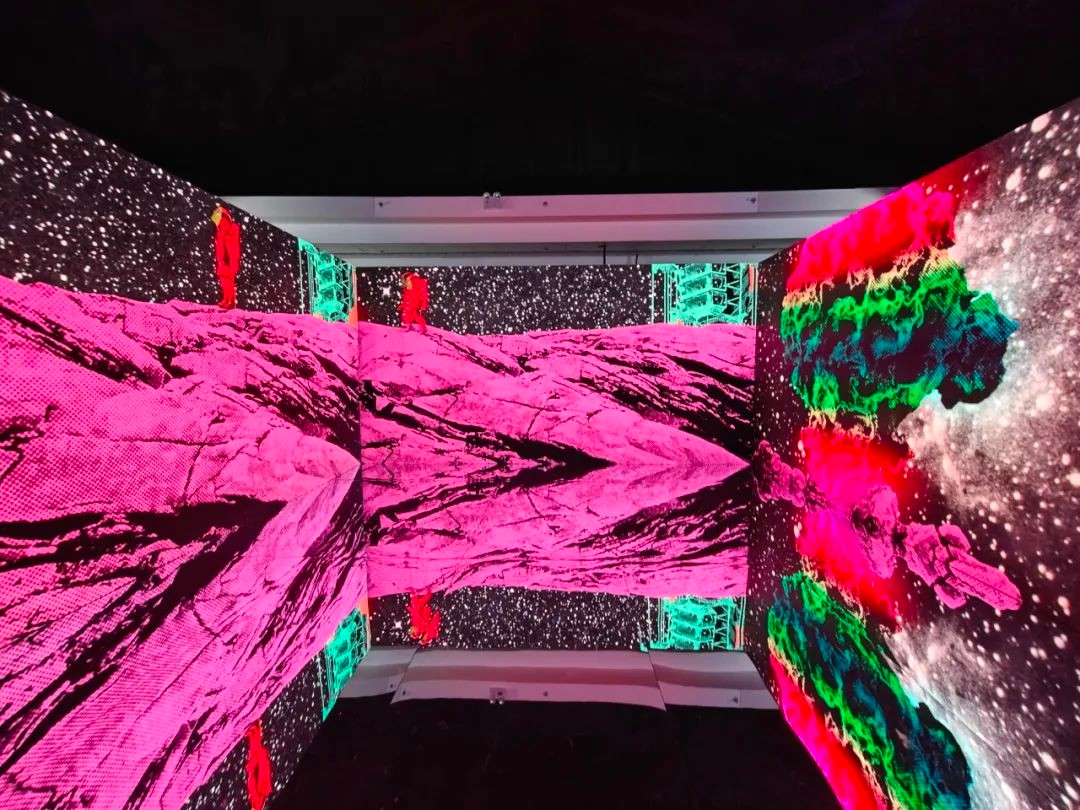
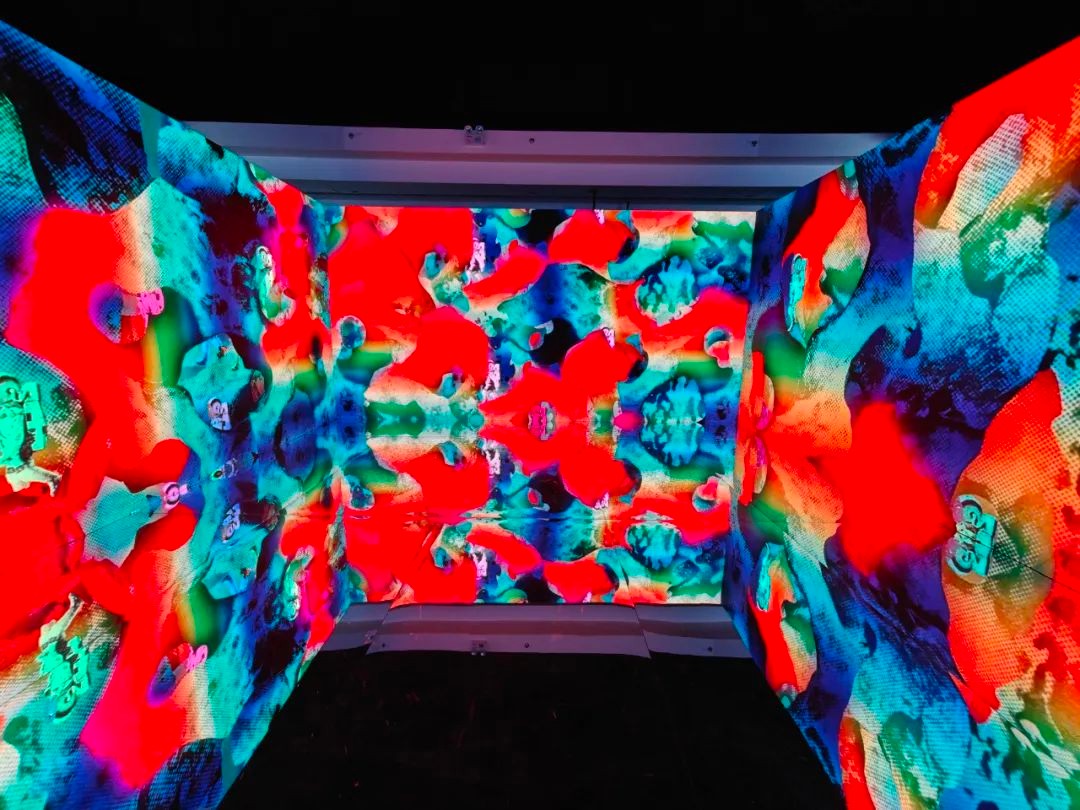
Screening of Missing One Player

Answer 1: My work, The Ark of Phantom Numbers, is a futuristic installation suspended on the boundary between the virtual and the real. It is not merely a mixed-reality art installation but a completely new form of public art expression. The creative inspiration comes from the imagination of the fusion of carbon-based and silicon-based life forms in future civilizations, as well as the exploration of new art carriers in the current data age. With the development of technologies like artificial intelligence and virtual reality, breaking the boundaries of physical space through multi-dimensional perception and cross-information narratives will become a new artistic form. Therefore, through the combination of AI-generated dynamic imagery and immersive experience, I aim to create a “civilization exploration vessel” that both records the present and points to the future. This interdisciplinary opportunity allows me to organically merge technology, art, and public space, using the power of public art to stimulate infinite contemplation on the integration of future possibilities and human imagination.
Answer 2: The Ark of Phantom Numbers constructs a multi-dimensional space and multi-sensory interaction to offer the audience a non-linear, open-ended stereoscopic narrative experience. The work is no longer limited to a fixed-screen narrative but uses mixed reality and AI generation technologies to integrate virtual narrative carriers into real physical spaces, making imagery and the real world interact with one another. The audience is no longer a passive recipient of the story but actively engages with the imagery through interaction, touch, and perception, finding their own interpretation and emotional resonance from multiple levels of information. I attempt to transform the traditional linear narrative of cinema into a diverse experiential path through this “participatory narrative” mode, allowing future visual storytelling to be more inclusive and exploratory, where everyone becomes a part of the story and experiences a connection that transcends time and space.
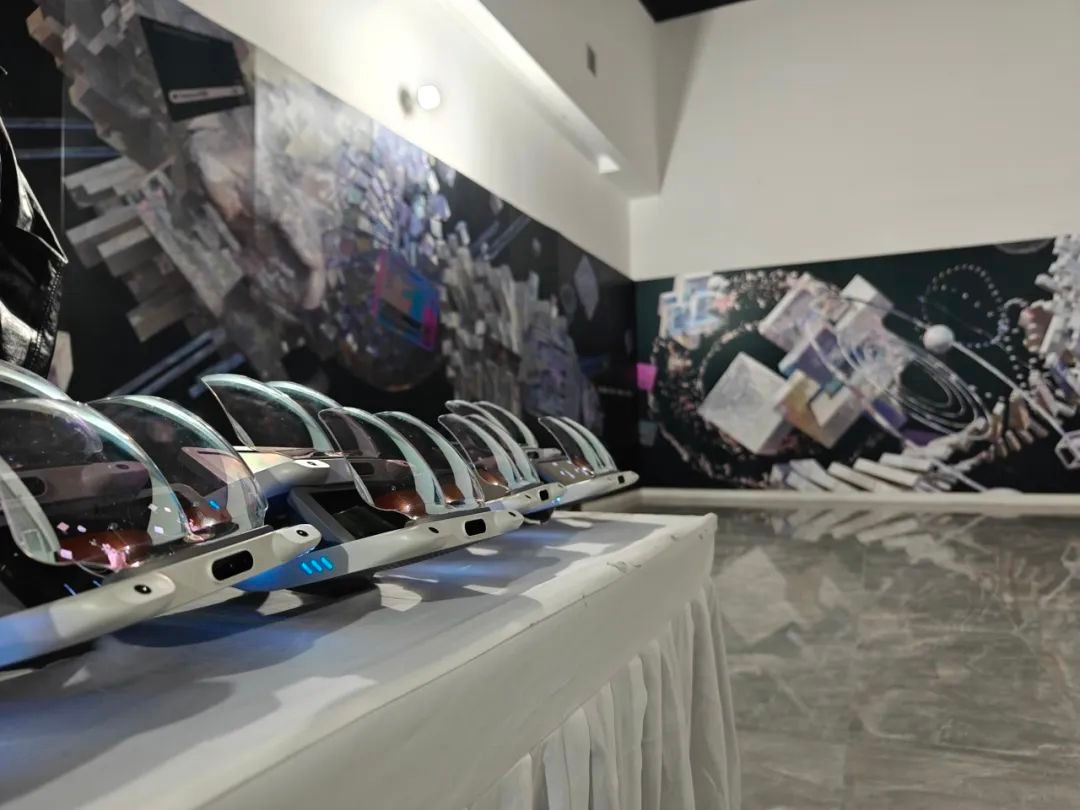
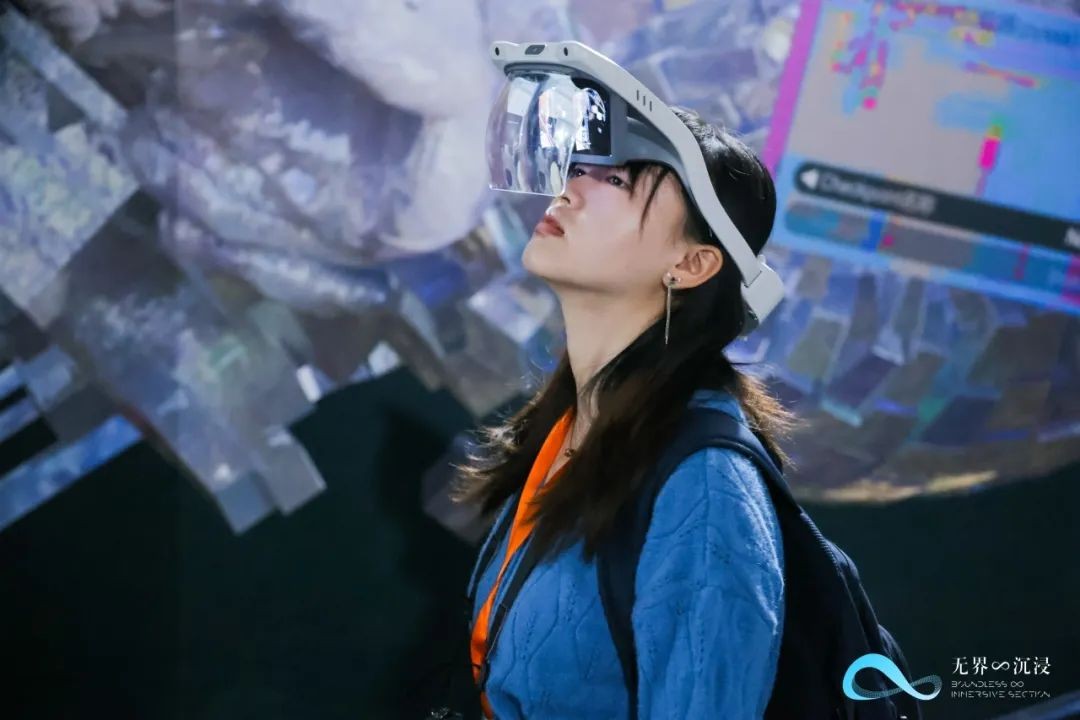
Screening of The Ark of Phantom Numbers

Answer 1: This work was born from the entanglement of Eastern classical aesthetics and quantum physics. When the Zen of Ru kiln ice-cracked patterns meet the eleven-dimensional string theory, and when the bronze “taotie” devours the torrent of data, I realized that the genetic code of traditional culture is awakening within the digital ruins. The AI-generated neural map of The Orchid Pavilion and the light traces of ink extinction together form a visual prophecy of the entropy change in civilization.
Answer 2: We are dismantling the physical shackles of the “fourth wall” -
Space Revolution: The Möbius corridor of Suzhou gardens leads the audience through a topological labyrinth to encounter the liquid philosophy of Yuan Ye (Garden Forging);
Sensory Boundary Crossing: Acupuncture needles trigger projections of Huangdi Neijing (Classic of Internal Medicine) star maps beneath the skin, while tea fragrances carry binary Cha Jing (The Classic on Tea) stimulating olfactory neurons;
Interactive Dimension Ascension: The audience’s pupil movements generate new hexagrams of the River Map and Luo Book in real-time, and breathing frequency influences the devouring rate of the bronze taotie pattern. This narrative has transcended watching and has become a metaphysical ritual experienced through the body.
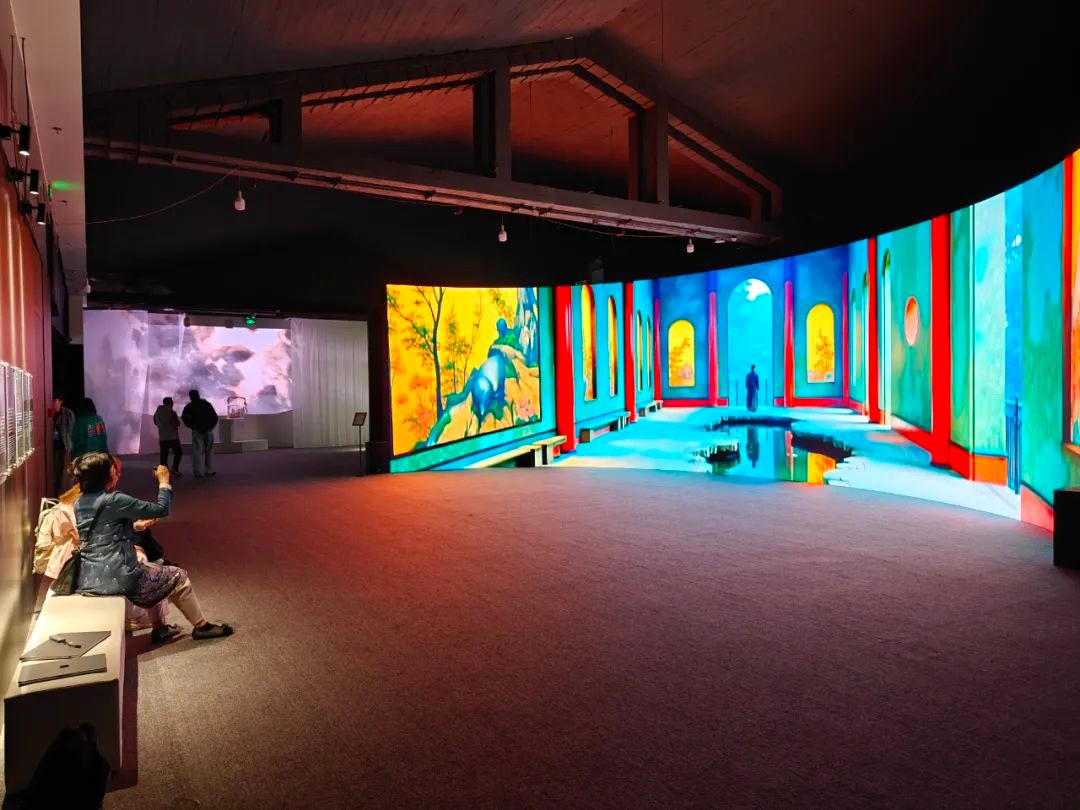
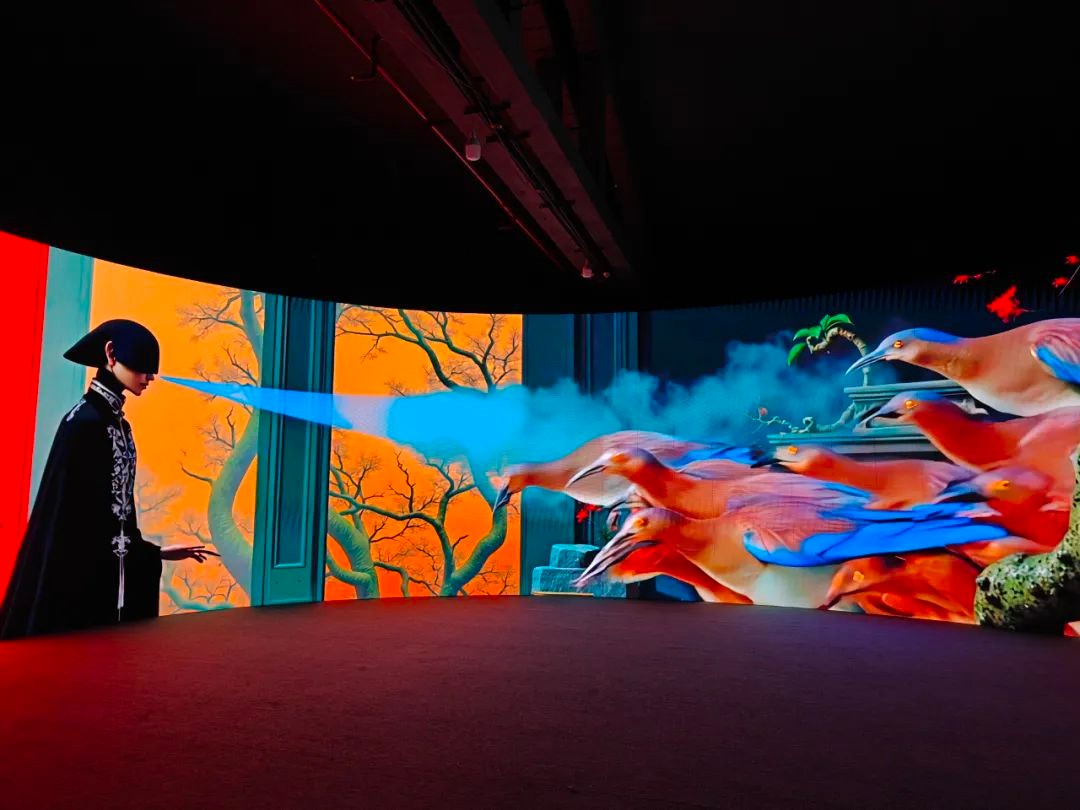
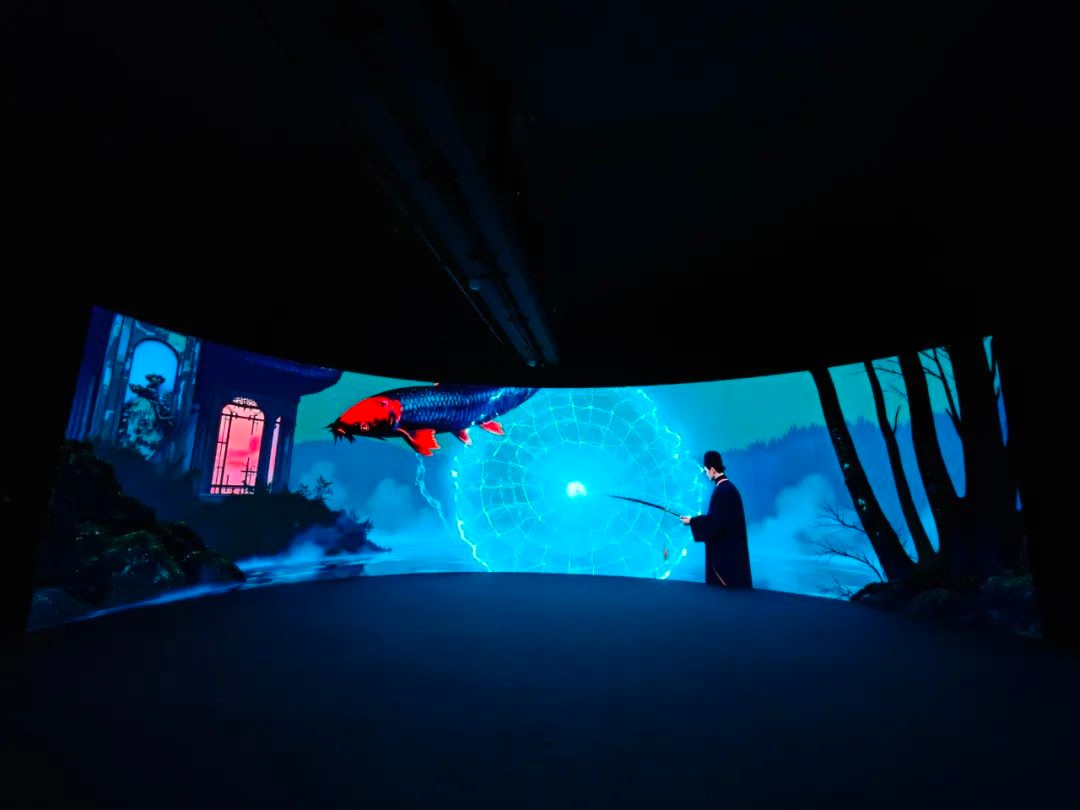
Screening of Eastern Epiphany

Answer 1: We have always sought to experiment with the style transformation of live-action footage through artificial intelligence technology. With AI-generated imagery, creators are required to accept uncontrollable visual results while being simultaneously inspired by these unpredictable and sometimes accidental images. This process is vastly different from traditional filmmaking. In short films created with AI technology, we are most influenced by The Crow, the 2022 Cannes Best Short Film Award winner. This film is also an AI-reinterpreted dance imagery created from live-action footage. It not only changes the visual style but also uses AI technology to achieve new visual tensions and explore multiple possibilities for interpreting the meaning of dance.
Answer 2: Immersive art fundamentally breaks the inherent relationship between the viewer and the screen. In immersive art, the real space and time are integrated into the temporal and spatial dimensions of the imagery. Unlike traditional cinema, where the director hopes the audience will forget the present reality and solely experience the time-space of the film, immersive art is rooted in a new starting point. All types of immersive art relate to specific spatiotemporal contexts, and with the help of technology, viewers actively participate in the narrative, creating a spatial montage.
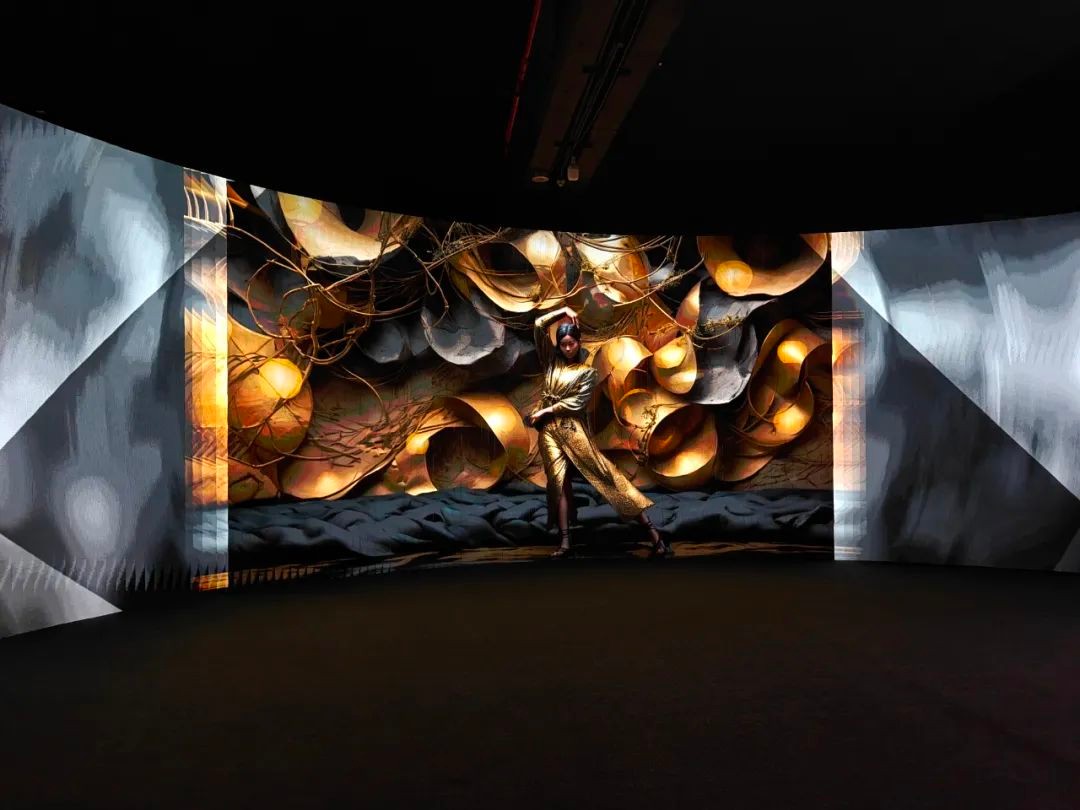

Screening of Multidimensional Illusion
By utilizing cutting-edge visual technologies to materialize profound thought, artists weave the audience's senses and emotions into the narrative network, breaking the confines of the screen and continually elevating the viewing experience. The creative practices of seven artists collectively outline the future of immersive art. The “Boundless ∞ Immersive Section” will continue to release in-depth interviews with more artists, tracking the sparks that arise from the collision of technology and art. We also invite everyone to visit the site and witness this boundless journey of imagery together.
This section is supported by Henan Broadcasting System, Da Xiang Meta Digital Technology Co., Ltd., and jointly supported by Hami Qianyi Ruixiang Big Data Technology Co., Ltd. and Boda Data (Beijing) Technology Co., Ltd. The interweaving of light and shadow invites you to join us!

